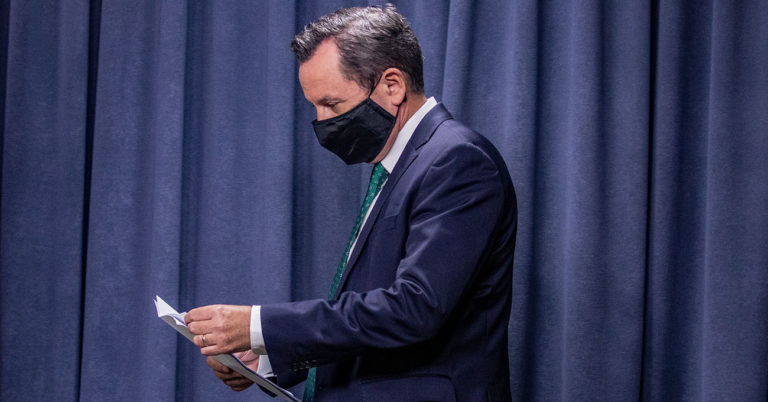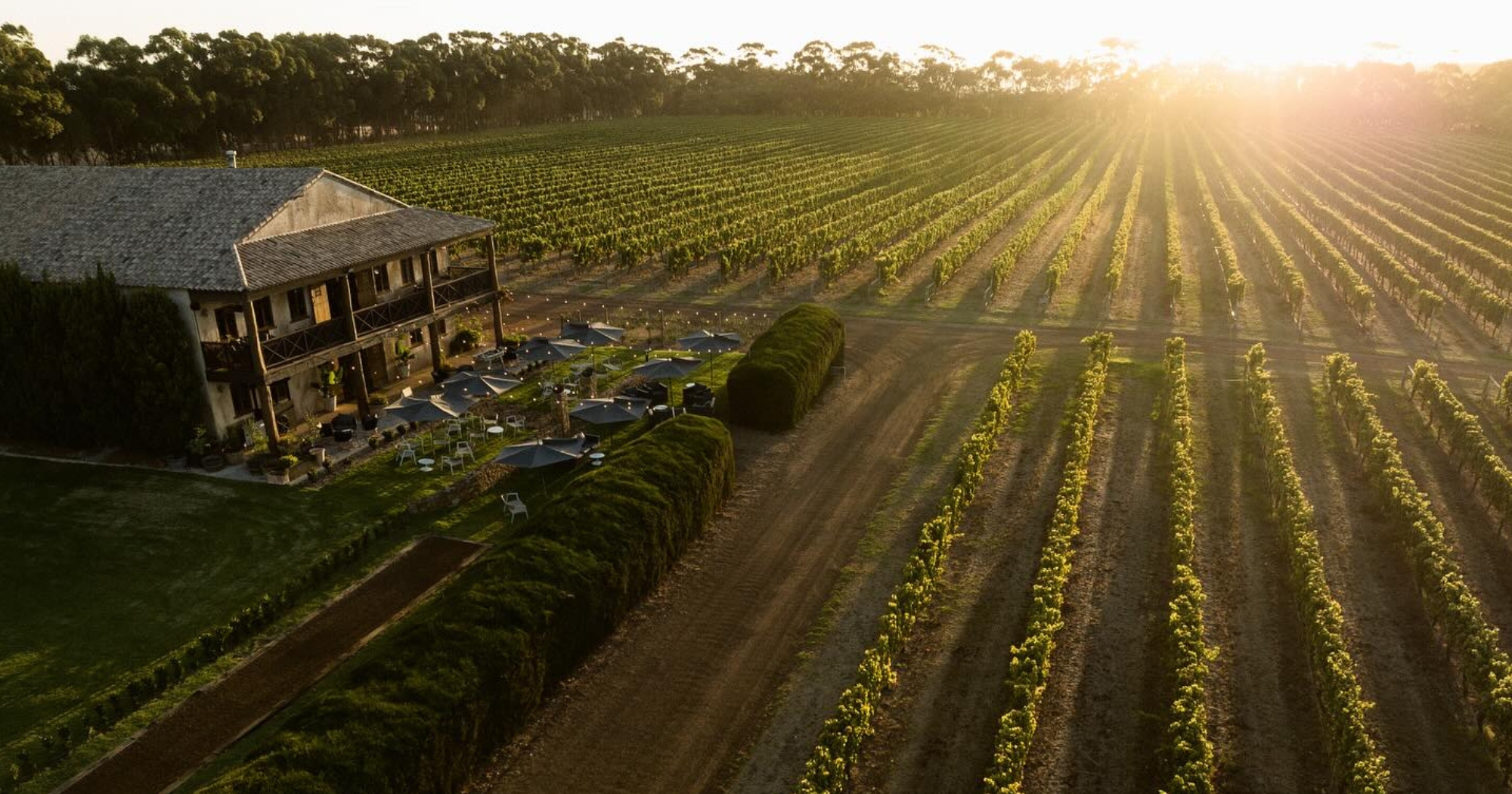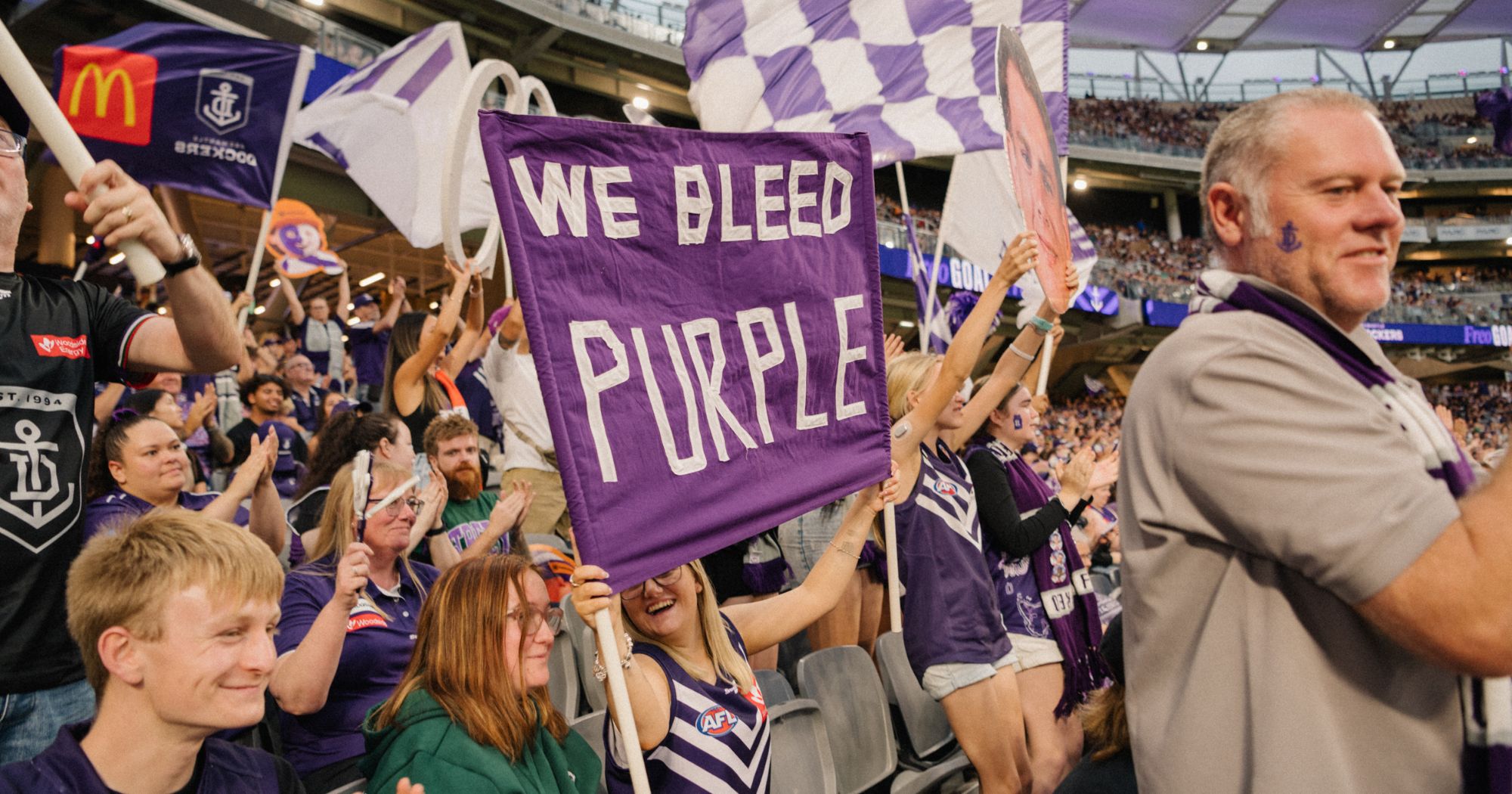Casual contacts will not be considered and close contact definition to change when WA reaches a high caseload environment.
Today, Western Australia Premier Mark McGowan has provided an update on what we can expect if Western Australia is to reach a high caseload similar to what has occurred on the east coast.

WA’s new testing and isolation protocols
The following protocols will be effective once high daily caseloads are recorded in the community, subject to health advice.
Casual contacts will not be considered
Casual contacts will not be considered, which means being at an exposure site, the same time as a positive case will not be a reason for required testing and isolation.
“That being said, it is important to keep checking in and it important to monitor for symptoms
Definition for close contact will change
Close contracts are the people around a positive case are required to get tested and isolated for 14 days.
In the situation where Western Australia has a high caseload, a close contact will be defined in Australia as a household member or intimate partner of a person with COVID-19 that has had contact with them during their infectious period.
Or someone who has had a close had close personal interaction with a person with COVID-19 during their infectious period. A close personal interaction is defined as having had 15 minutes of face to face contact where a mask was not worn by another person for more than two hours in a small room with a case during their infectious period or where masks have been removed for this period or someone who has been notified by WA Health, that they are close contact based upon specific circumstances.
Testing and Isolation Protocols
What do you do if you get COVID or designated as a close contact in the future?
Self-isolate for 7 days as opposed to 14 days. If systems are still present you will need to keep isolating until you recover. If their symptoms, pass, you can leave isolation, and no test is required.
No date or an exact cases number for Western Australia reaching a high caseload environment has been given.
“There is no hard number of cases that define what a high caseload environment is, it will be a combination of average-case numbers, the extent in which they can be linked and the amount of time cases are affected in the community. Hopefully it is weeks away,” said Mr McGowan.
These rules mean a single case won’t necessarily close a business while higher-risk interactions are still treated as such.
Latest COVID Cases in Western Australia
Western Australia has recorded nine new cases overnight.
All nine local cases are linked to the current Omicron outbreak. One case is a close contact linked to the Willagee IGA sub-cluster, three are linked to the nightclub cluster with two from the Library Nightclub and one from the Hip-E Club, one is a close contact of the Coolbellup cluster, two cases are from the Wheatbelt with one in Cunderdin and one in Goomalling, and two other cases are under investigation.
7,497 people were tested at clinics yesterday.
Western Australia currently has 114 active cases of which 2 cases are in hospital, 1 of which is in ICU.
Western Australia’s third dose rate is now at 33.9% for over 16 year olds.
Exposure sites: Latest WA Exposure Sites
Book your vaccination: Rollup For WA
For further government updates visit wa.gov.au.
Stay up to date with the latest Perth COVID updates and Perth news on SoPerth.com.au.













